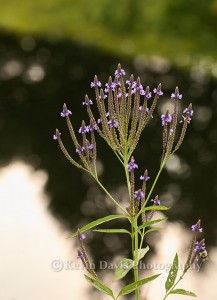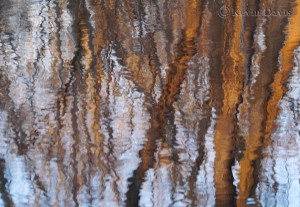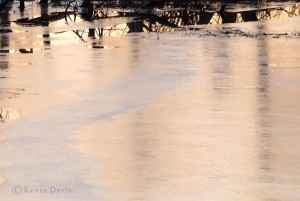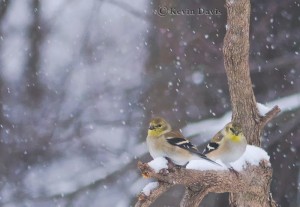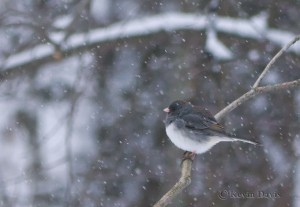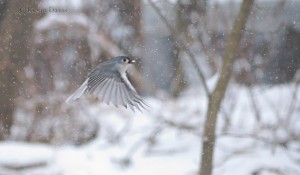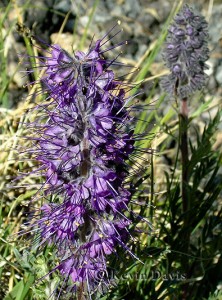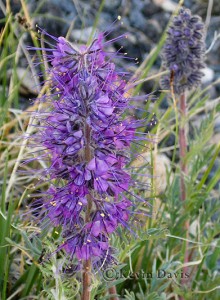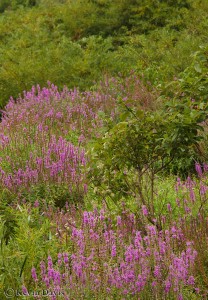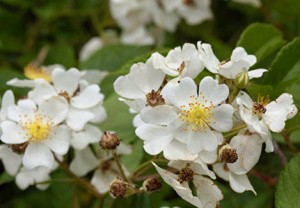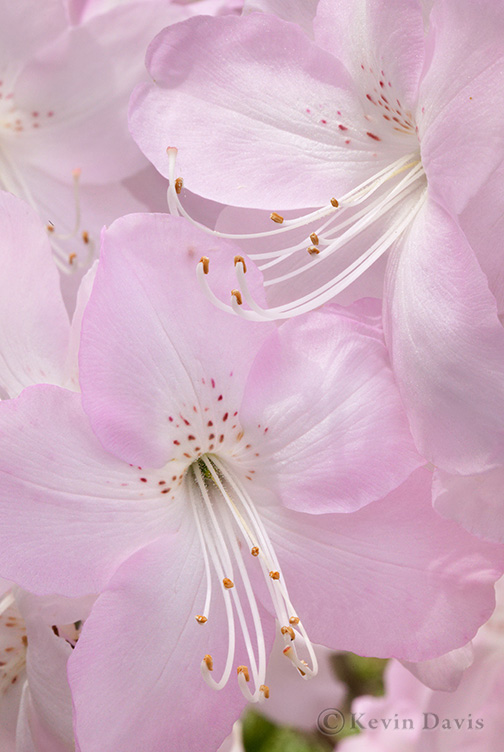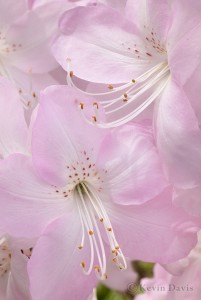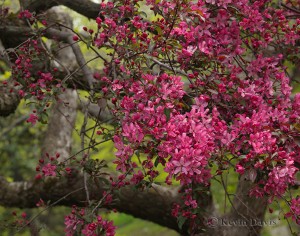Last year, I shared the beginnings of a project with you, a book documenting the wilflowers that grow at a local buisiness park. Since I there is not much opportunity to create new wildflower images between November and March, I had planned to begin the book layout in December. Now February, I am finally piecing together the book layout.
In the past, I have used book layout software provided by the book printer (Mpix, Blurb, PhotoBook America). This time, I am using Adobe InDesign. This being the first project of any significant size for which I have used InDesign, I have found that the learning curve was not particularly difficult. I quite like InDesign.
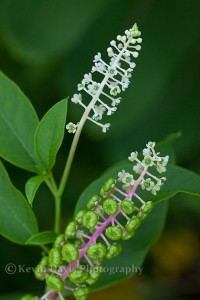
Here are a couple images that I am including in the book.
The first is a relatively common weed, but I find it very interesting because it looks like small green peppers. I really like this image because it shows two slightly different stages and because the background is very soft, not distracting from the foregound subject.
